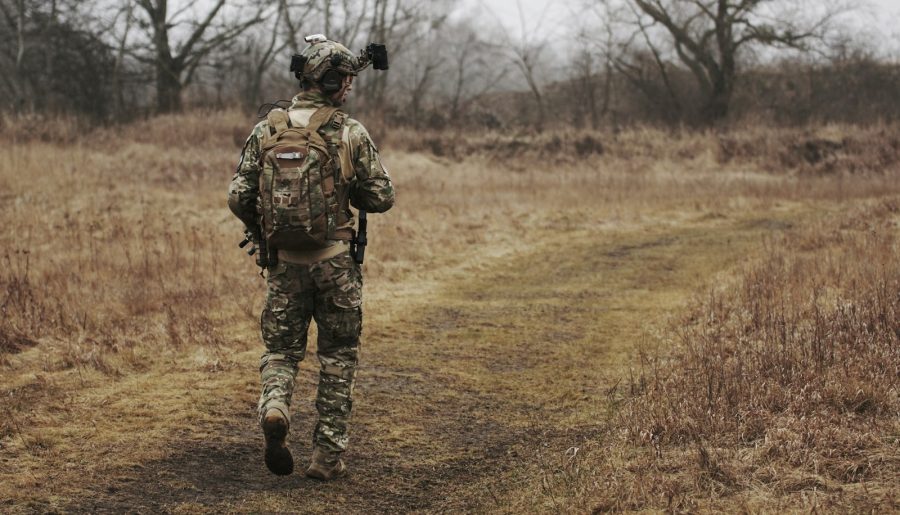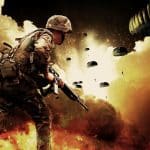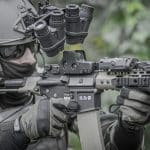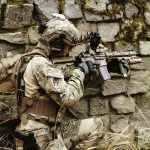After the embarrassing failure at Chance Taylor Hill, General Thomas was stumped. He took every step needed for victory, but he started to doubt that.
Meanwhile, on the Californian West Coast, Head Admiral Rivers was going to make the first landing on the beaches.
On first sight of the Texan fleet, Californian President George Carlton ordered all Californian beaches on the West Coast to be evacuated.
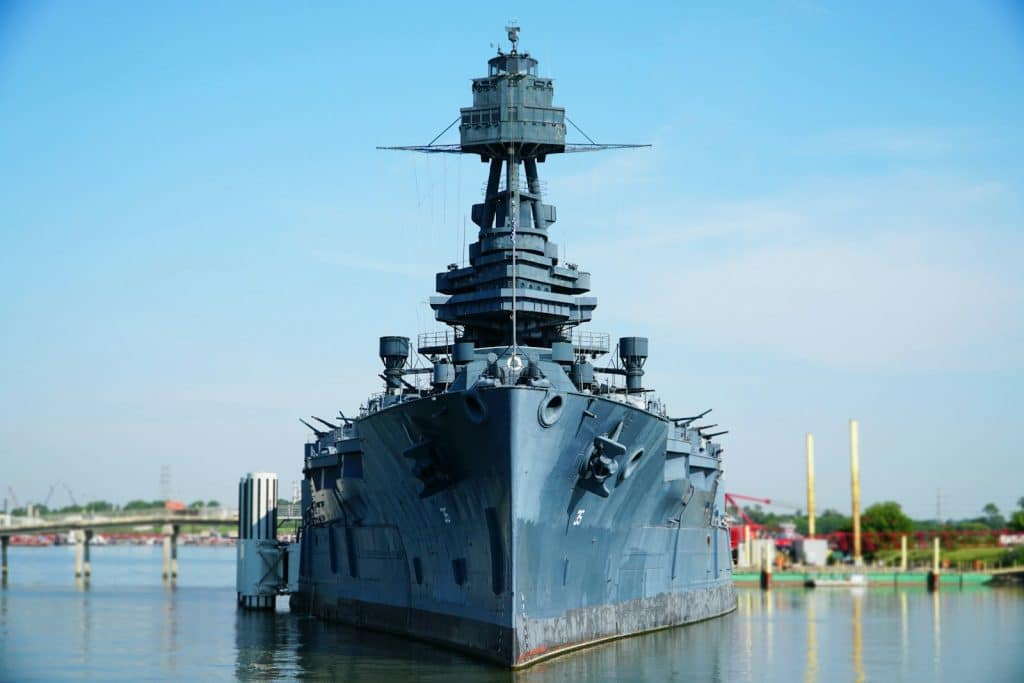
Head Admiral Rivers was a very considerate man, and although willing to give his all for his nation’s victory, he would not allow the bombardment of civilian beaches.
Rivers waited for the beaches to be evacuated, then he made his landings. The first landing would be on Eureka Beach, California, and then Rivers would make landings on multiple beaches near Eureka Beach.
The Californians heavily reinforced Eureka Beach but failed to effectively reinforce 3 other beaches surrounding it. Seeing the failure of some of the defenses, Rivers switched up his plans.
On October 17th, two major events were happening in the war. For California, it was the dropping of 30,000 Paratroopers, which was mentioned in the last episode.
For Texas, it was the Chandler Beach landings. Although Aphrodite Beach was landed on first, it was Chandler Beach in particular that saw surprising difficulty.
10,000 soldiers landed on Aphrodite Beach, absolutely overwhelming the Californian force.
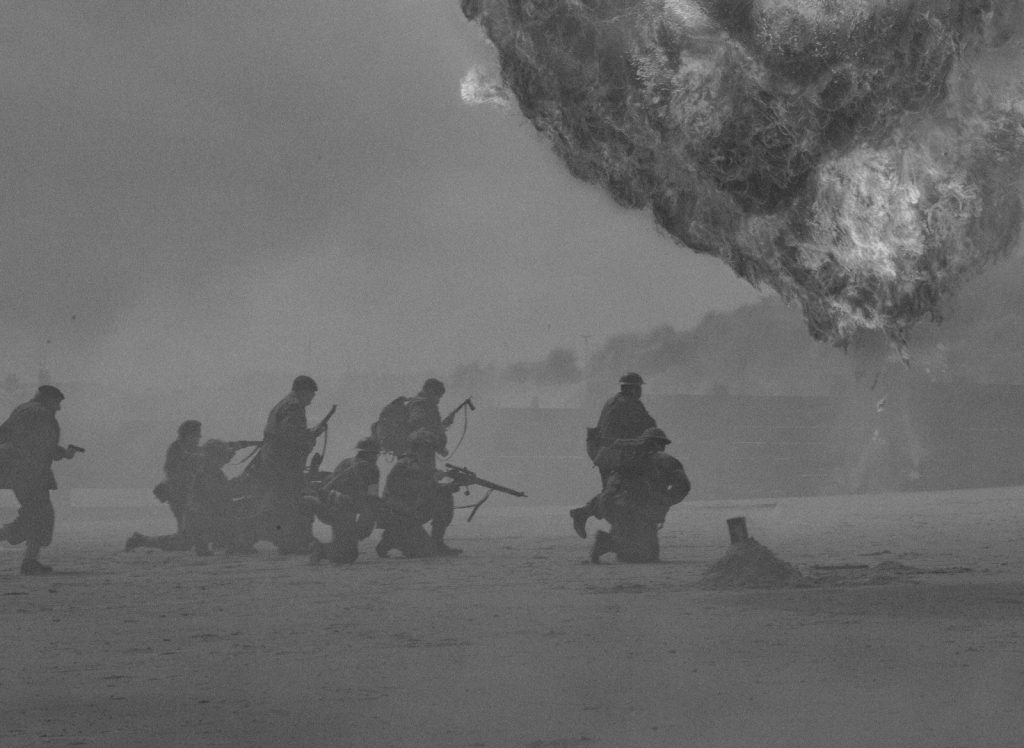
The division breezed through the Californian defenses, sustaining 500 casualties, 372 of those being deaths, in the landings. However, the name “Aphrodite Beach” didn’t lie.
Out of the 9,628 soldiers that survived after the landings, 717 of them would marry women they met on the beach months before the landings.
On Tyrannosaurus Beach, another 10,000 Texan soldiers slammed into the main force. Although they faced little difficulty, there was more challenge, as the Californians had artillery.
The division sustained 1,000 casualties, 593 of those being deaths. It may not seem like a lot, but that means you had a 5.9 percent chance of dying in the landings.
On Chandler Beach, Rivers was cautioned of the possibility of heavy resistance from Californian forces.
In one of his very few mistakes, Rivers cut the number of Marines to be sent to Chandler Beach in half, which significantly increased the chances of Californian victory.
Little did he know, Chandler Beach was heavily fortified, which contrasted with the initial report.
The Californians had tricked Rivers. The 5,000 Marines were sent to the beach, and the Californians were ready.
The Marines sent to Chandler Beach were generally inexperienced. Although Marines are very effective killing machines, most Marines sent to the beach were only 18-25.

As the landing crafts hit the shore, Marines poured out of the craft to heavy machine gun fire, which shocked most of the Marines there.
One Marine, Private Scott Nolan, recounted seeing a Marine trudging through the dead bodies of his fellow Marines, using one corpse as a shield, ducking behind cover, but getting pelted by bullets and falling flat. As he attempted to crawl towards Private Nolan, an artillery shell slammed into his body and splattered blood all over Nolan.
Marines slowly advanced up the beach, only moving about 70 yards in an hour.
Finally, 2 hours in, a small platoon of Marines managed to scale the cliff and take a small portion. As this platoon defended their position, the distraction gave the other Marines enough time to scale the cliff, too.
The Marines engaged in fierce hand-to-hand combat with the Californians, with the battle looking like anyone could win.
Finally, after a brutal struggle, the Texans took control and killed all of the Californians defending the hill.
With only 2,319 men left, Brigadier General Gregory Davidson was saddened by the major loss of life suffered.
There was one final obstacle that needed to be overcome: Cyclone Hill.
With his men discouraged, Davidson asked for a box to stand on, along with a megaphone. Both were provided.
As he cleared his throat, the raggedy Marines looked at him.
Speaking into the megaphone, he rallied the Marines, calling them “Human Bulldozers” who could overcome any obstacle, “Perfectly Molded Fighters” who could conquer the world by themselves. Finally, his last phrase, “Marines do not stop when they are knocked down, they get back up and finish what must be done”, was met with a loud applause.
Finally, the troops geared up for the final assault on Cyclone Hill. The Californians used the same strategy: pure violence.
However, the Texan troops were unshaken. Advancing up the hill, they lost only 82 men out of their remaining 2,319.
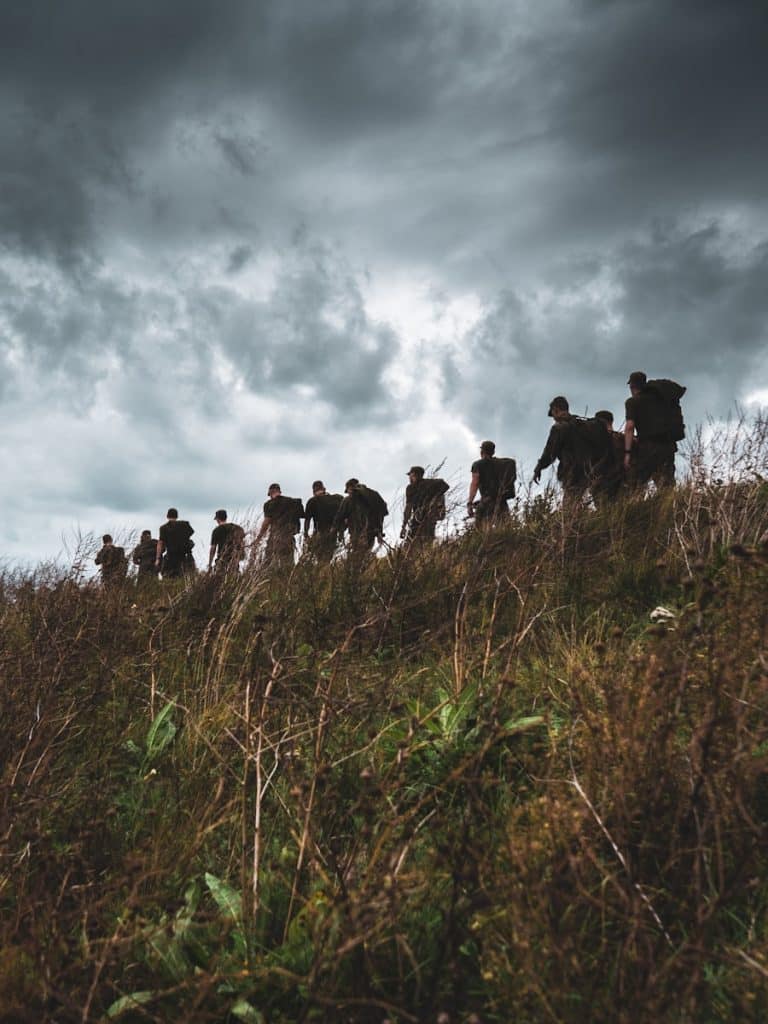
At the top of Cyclone Hill, the Marines let out a battle cry as they bayoneted and shot over 800 Californians on the hill.
The Texans had won but at a great cost. At the landing, they lost 1,319 men.
At the first hand-to-hand skirmish, they lost 1,362 men. In the final assault, they lost 309 men. In total, 2,990 men died, and only 2,010 survived.
The odds of surviving the Chandler Beach landing were only about 2/5.
Out of all the Marines that survived, 73% developed PTSD after the battle, and 98% continued to fight in the war.
The loss of life at Chandler Beach made the survivors feel the urge to avenge the deaths of 2,990 of their brothers.
This battle cemented the Texan Marines as a symbol of determination and willpower to the entire world.
Upon hearing the losses of the Chandler Beach landings, Head Admiral Rivers reportedly started to sob at the horrific number of deaths.
After hearing of the news, multiple Arkansans wanted to help Texas.
A good 100,000 Arkansans volunteered for the Texan Military, and they proved to be excellent troops.
The Arkansans were particularly good snipers, with snipers from the country region of Arkansas being praised for their deadly accuracy.
The most decorated sniper was Ricky Ferguson, who had 402 confirmed kills and 214 unconfirmed. In the next few months, the war would get even.
+++++
I love writing this
I also had to do some math for this, so eh.
goobay!
